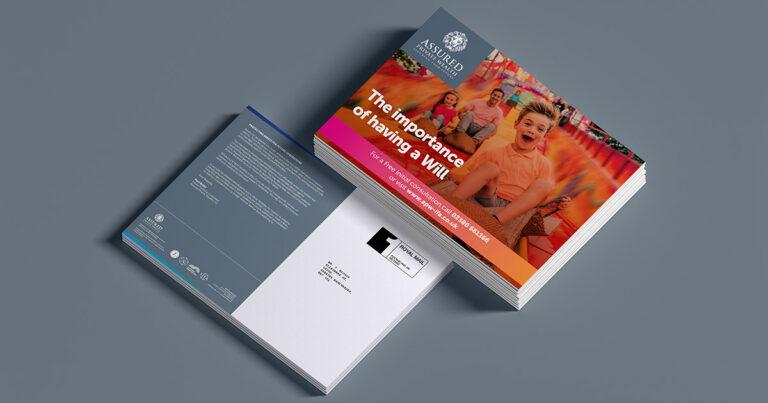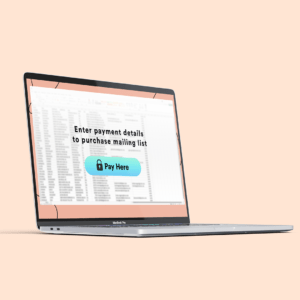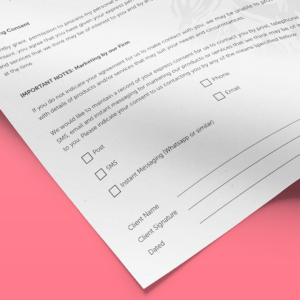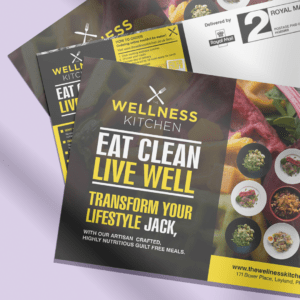
DOS AND DON'TS OF DIRECT MAIL
Direct mail can be a powerful way to reach customers and drive sales, but it’s essential to do it right. In today’s digital age, it can be easy to overlook the effectiveness of physical mail. But as the old saying goes, “one man’s trash is another man’s treasure.” And when it comes to direct mail, that couldn’t be truer.
Here are some dos and don’ts to help you get the most out of your direct mail campaigns.

DON'T BUY A MAILING LIST
One of the biggest mistakes you can make with direct mail is buying a mailing list. This is not only unethical, but it’s also likely to be ineffective. The people on these lists have not opted in to receive your mail, so they are unlikely to be interested in your products or services. Your mail will likely end up in the trash, wasting your time and money. Instead, focus on building and maintaining a GDPR-compliant database of customers who have explicitly opted in to receive your mail.

DO ENSURE YOUR DATABASE IS GDPR COMPLIANT
Speaking of GDPR compliance, this is an essential aspect of any direct mail campaign. The General Data Protection Regulation (GDPR) is a set of rules that govern how companies collect, use, and store personal data. In the context of direct mail, this means that you can only send mail to people who have explicitly opted in to receive it. Not only is this the right thing to do, but it will also improve the effectiveness of your campaigns. People who have opted in are more likely to be interested in your products or services, so they are more likely to take action.
Ensuring your database is GDPR compliant is also crucial because it protects you from potential fines and other penalties. If you’re unsure how to make your database GDPR compliant, it’s best to consult with an expert or seek advice from the Information Commissioner’s Office.

DO SHARE YOUR CUSTOMER DATA VIA A SECURE FTP SERVER
Once you have a GDPR-compliant database, you must ensure that you keep your customer data safe. This is especially important if you share your data with a direct mail provider. A data breach could harm your reputation and result in significant fines and other penalties.
One way to keep your data safe is to use a secure FTP server. This will allow you to securely transfer your data to your direct mail provider without worrying about it falling into the wrong hands. Your direct mail provider should be able to provide you with details on how to use their FTP server.

DO USE PERSONALISATION AS OFTEN AS POSSIBLE
Personalisation is a powerful tool in direct mail. By using personalisation, you can make your mail feel more personal and relevant to the recipient. This can help to improve the effectiveness of your campaigns. Here are a few examples of how you can use personalisation in your direct mail:
- Use the recipient’s name in the subject line or greeting. For example, “Hi, John” or “Happy 33rd birthday, John.”
- Include personalised offers or promotions. For example, “Get 10% off your next purchase when you use the code JOHN10.”
- Use personalised images or graphics
Direct mail can be an incredibly effective way to reach customers and drive sales. Just be sure to avoid buying mailing lists, ensure your database is GDPR compliant, keep your customer data safe, and use personalisation to your advantage. Follow these dos and don’ts, and you’ll be well on your way to a successful direct mail campaign.



